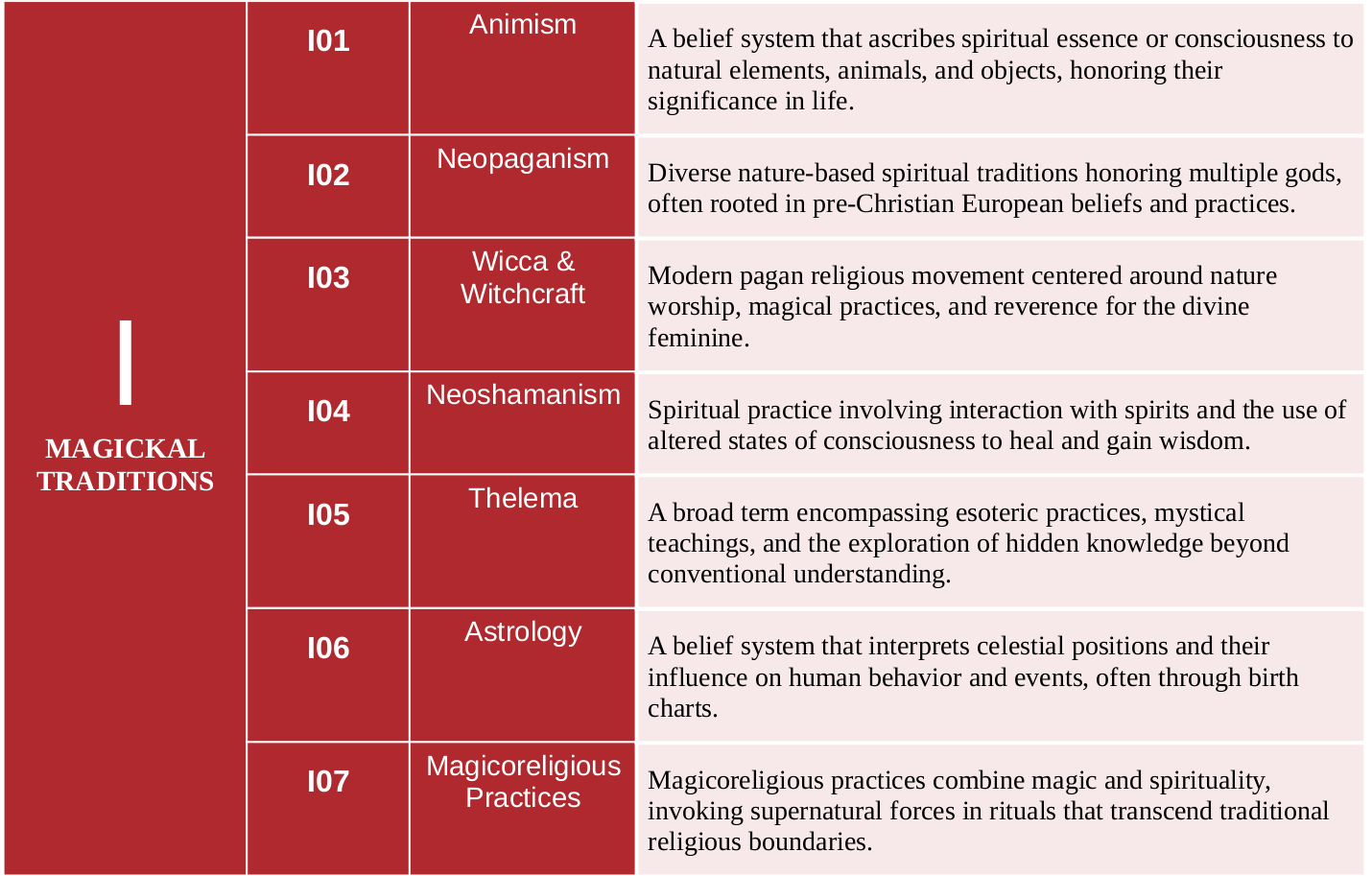Analyzing the American Belief Spectrum
The Continuum of Belief in American Communities
The term "belief spectrum" refers to the continuum or range of beliefs that individuals or groups may hold on a particular subject, issue, or set of principles. This spectrum reflects the diversity of perspectives and convictions within a given context, acknowledging that beliefs are not fixed points but exist along a gradient. In essence, the belief spectrum recognizes that people may differ in their interpretations, values, and convictions, even within a shared framework or community. This concept is particularly relevant in discussions about religion, spirituality, politics, and other areas where diverse viewpoints coexist. Understanding the belief spectrum allows for a more nuanced appreciation of the complexity and variability inherent in human perspectives, fostering dialogue and a deeper comprehension of the rich diversity of beliefs that shape our collective understanding of the world.
Gospel Communication Requires Attention to the Belief Spectrum
The concept of belief spectrum holds great significance for understanding the missional task. At the core of the mission of God is the centrality of the gospel, the good news of salvation through Jesus Christ. Communication of the gospel necessarily takes place in the context of the continuum of belief that exists within every American community. To be faithful in the missional task requires attention to the cross-belief dimension.
Approaches to Belief Spectrum Analysis
There are many ways in which the American belief spectrum may be understood and analyzed. Missional International has chosen to evaluate the differences within the continuum through multiple methods. These methods include the following: 1) Perspectiva Lifeways, a clustering of worldview segments along a general continuum of belief from evangelical Christianity to nontheism; 2) Beliefscope, groupings based on institutional approaches; 3) Lifedesign Mindsets, based on metaphilosophical differences of belief orientations that create diversity in mindsets; and 4) Lifeview Beliefs & Values, differences based on belief perspectives, faith dimensions, and value orientations.














